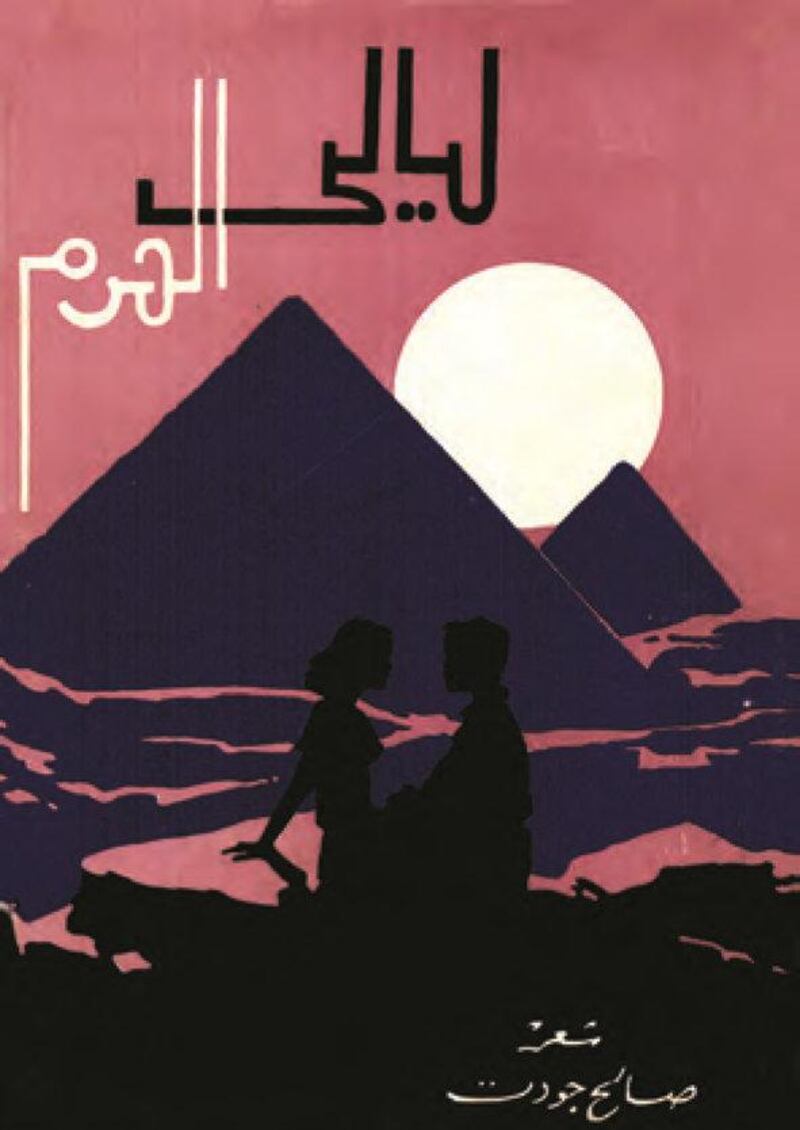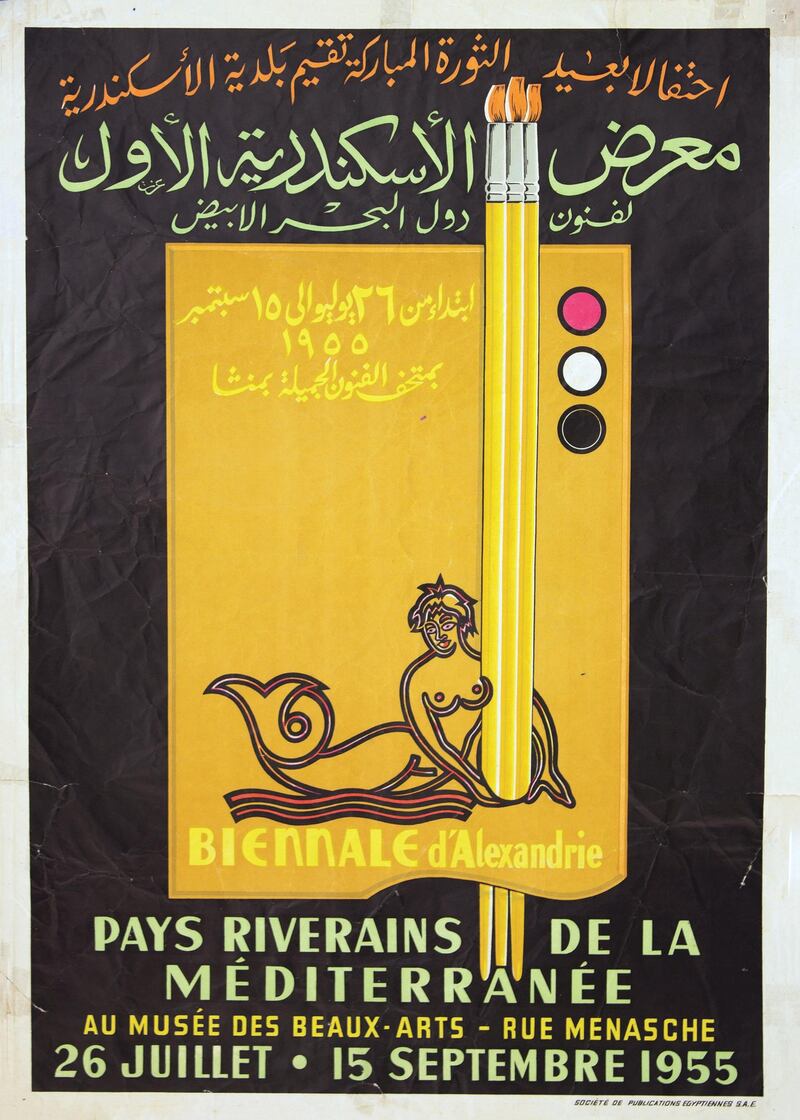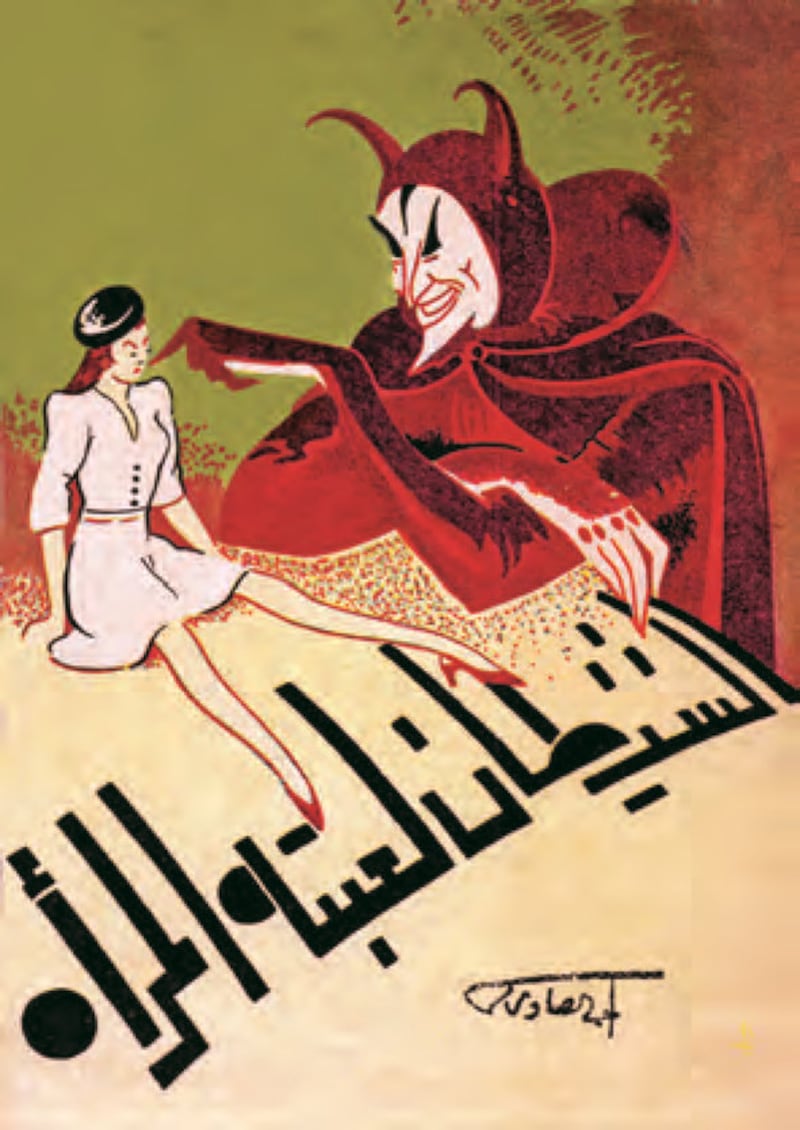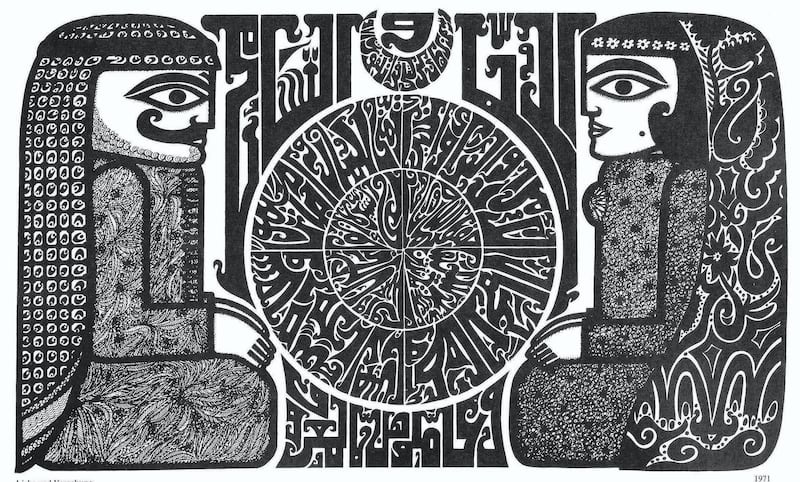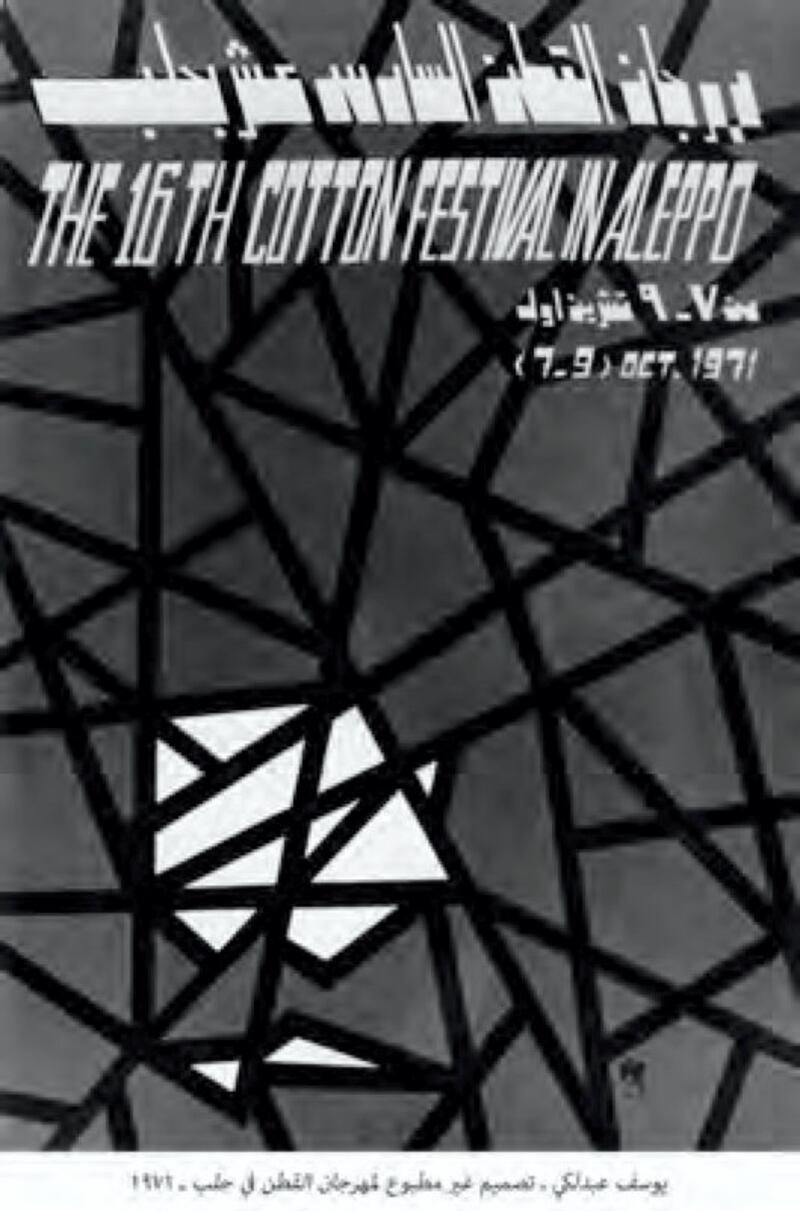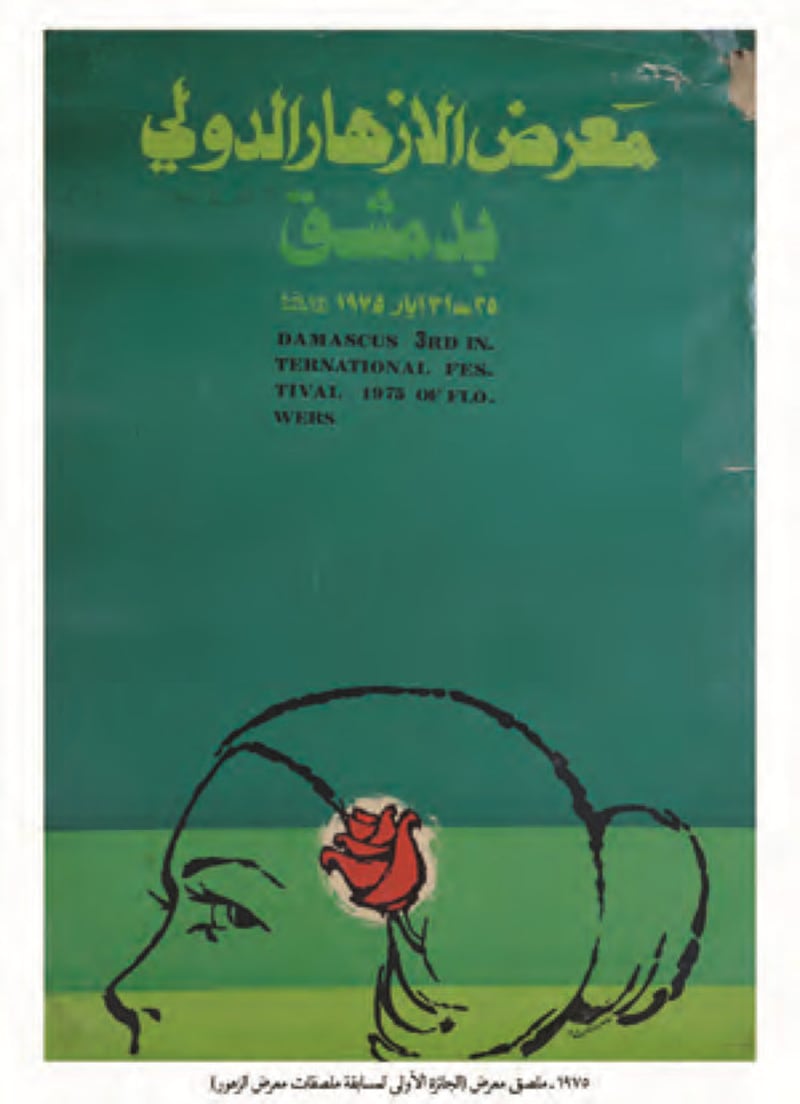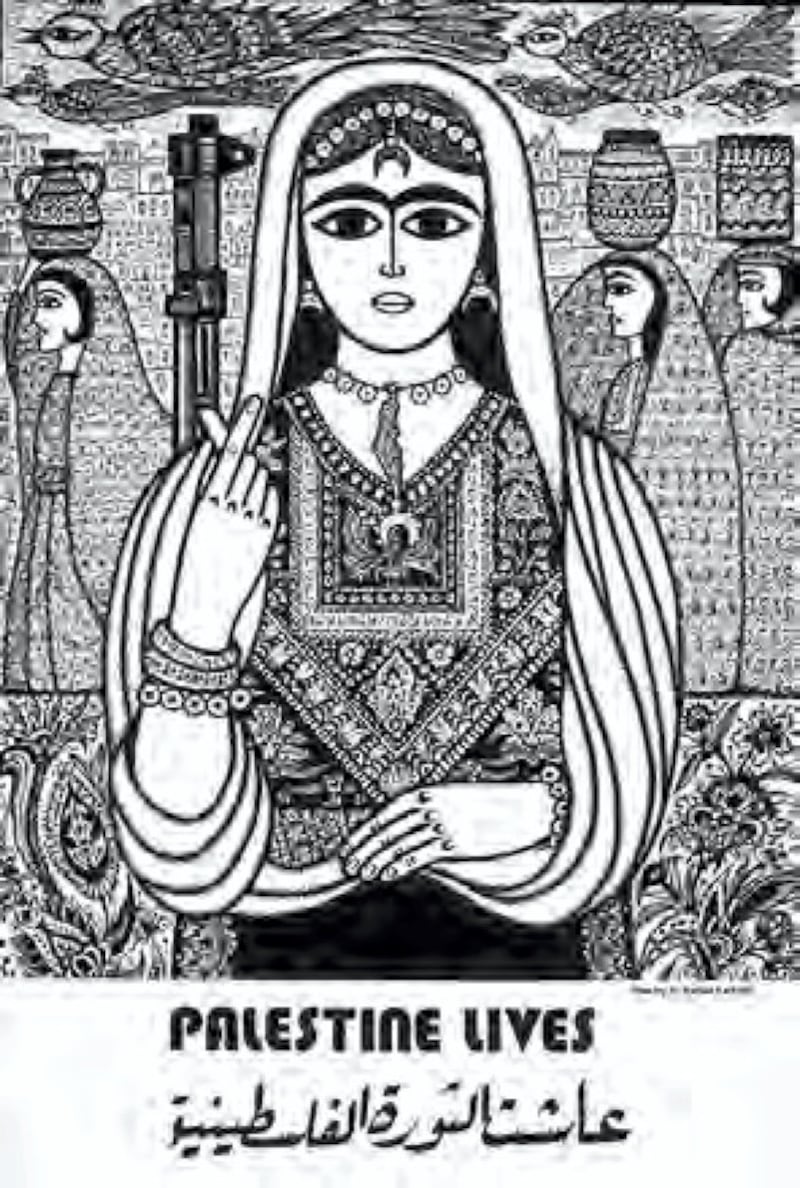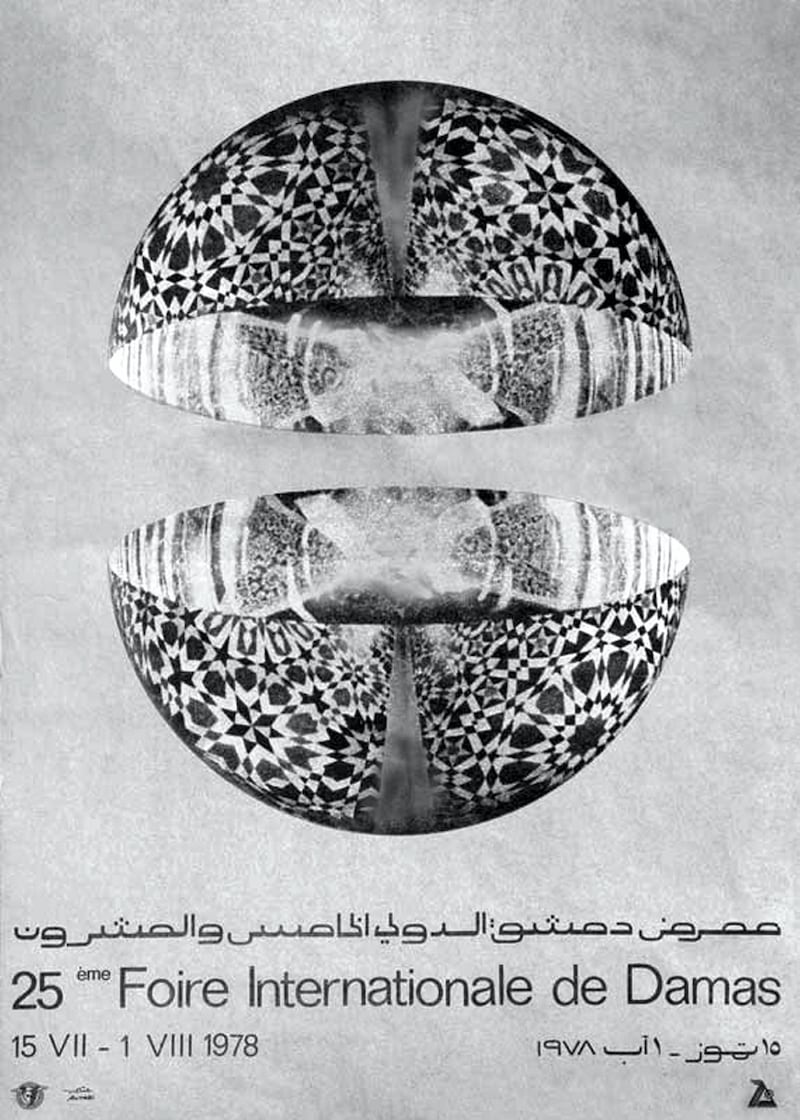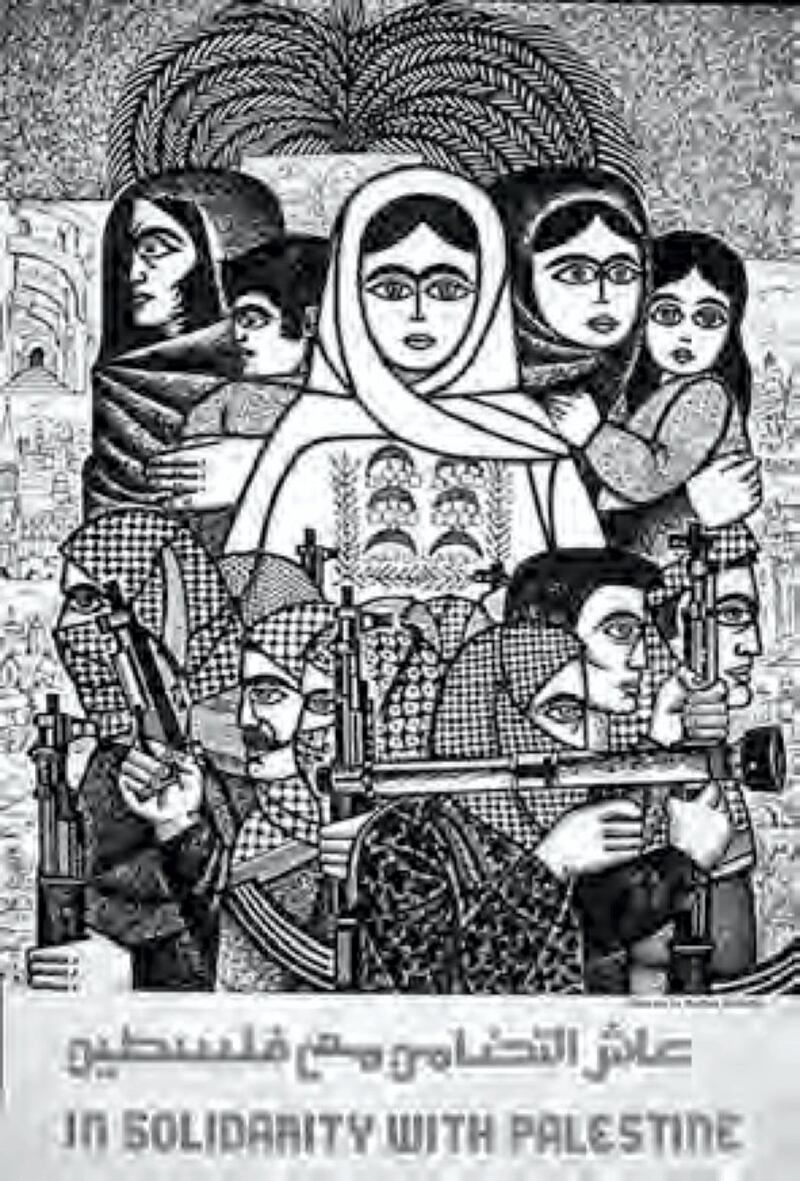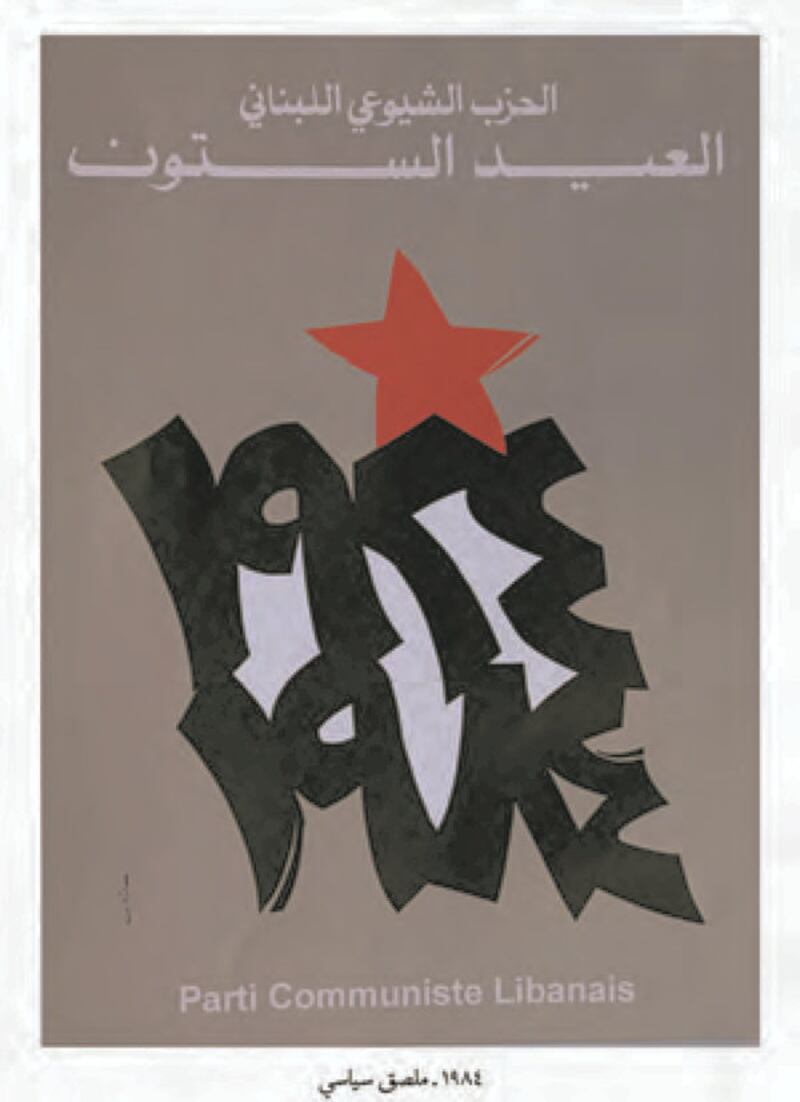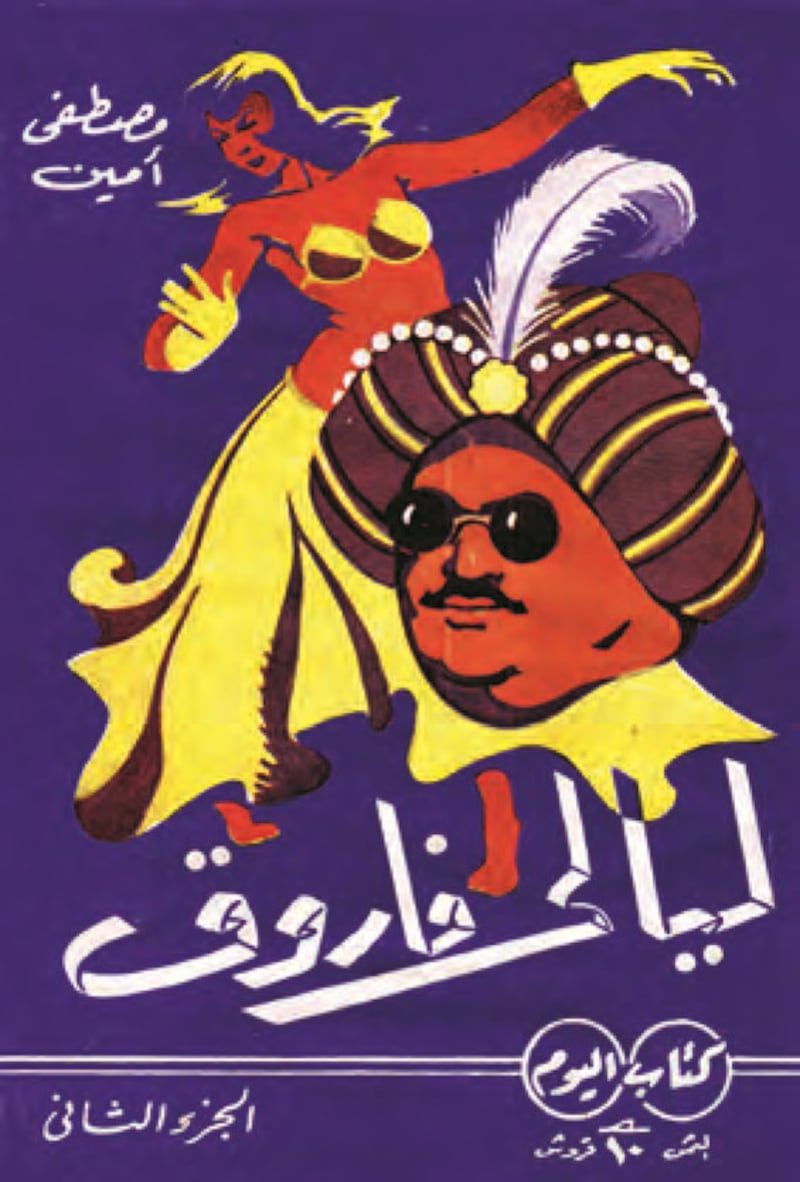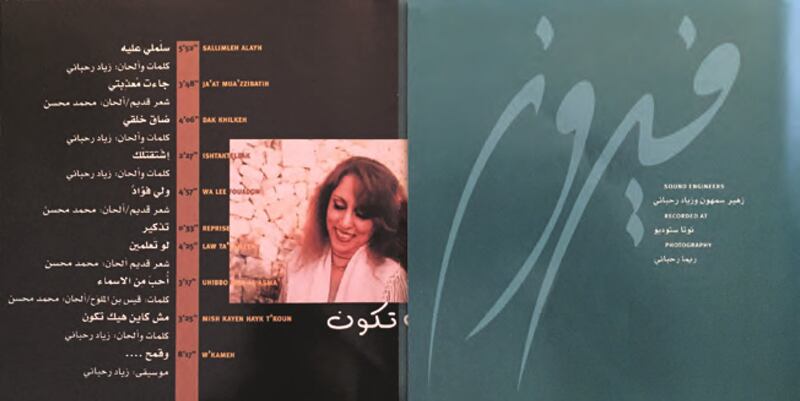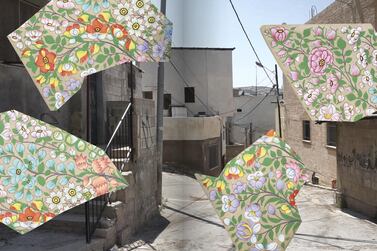The font for the opening and closing title script of popular Egyptian soap opera Layali Al Helmeya (Al Helmeya Nights) by Egyptian calligrapher Massad Khudair al-Bursa'idi; an early Arabic advertisement for Nabulsi soap bars with former Egyptian prime minister Saad Zaghloul on the label; a 1999 Fairouz music CD cover designed by Leila Musfy and calligraphed by Samir Sayigh.
These are just some of the illustrations featured in the newly published A History of Arab Graphic Design by artists and scholars Bahia Shehab and Haytham Nawar.
For the average reader, these illustrations may come across as stand-alone works that corroborate the genius of Arab artists, as well as their pioneering contributions to the worlds of art and advertising, but for Shehab and Nawar, these are more than simply exemplars of the mastery of the region's creatives; they allude to an ever-present field of Arab graphic design.
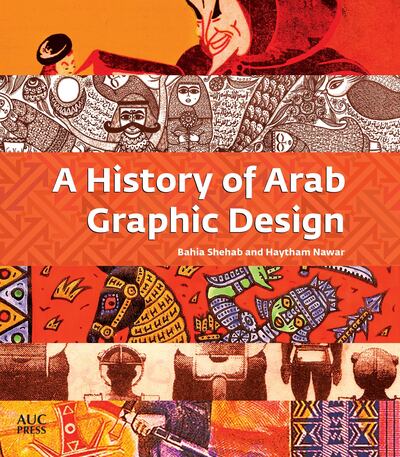
The story of this art field, along with its establishment and growth across a century, are at the heart of this new title from the American University in Cairo Press.
Recipient of this year's Prose Awards in the Art History & Criticism Category, the book offers a thus far missing genealogy of Arab graphic design. It opens with pre-1900 influences on the field, tracing how Islamic visual heritage, including Arabic calligraphy, may have influenced Arab visual culture.
Shehab and Nawar relate the work of field pioneers back to these early inspirations and go on to survey the field's major developments from this point on. They outline the ways in which printing, journalism and cinema generated a need for generations of designers, who in turn contributed to the development of these fields. The book also surveys the digitisation of the field in the 1980s.
"I was born in Beirut. And after the civil war, there was an evident lack of information about the history of Arab graphic design at the American University of Beirut," says Shehab, who is also a professor of design and founder of the graphic design programme at the American University in Cairo.

"Most university curriculums are centred on the history of western or European art. So for me, it was important that we document our own history."
Nawar was moved by fear that "the Arab world's archive would be lost or effaced instead of being preserved and published for other generations to learn from".
Against this gap in the historiography of graphic design, Shehab and Nawar launched into years of archival research. They relied on interviews with many of the artists featured in the book, and took research trips to Lebanon, Egypt, Jordan, Syria and Morocco.
The authors were also stunned to find that many Arab graphic designers live and work in the diaspora, and travelled to meet these artists in the UK and France.
Over the course of eight chapters, they sketch five generations of artists, creating a chronological sequence and revealing how these artists created "a new Arab visual identity."
They begin with the first-generation pioneers who emerged in the 1940s and 1950s, and "helped shape Arab graphic design following the independence of Arab states in the early 20th century".
These included the likes of Osman Waqialla (Sudan) and Hussein Bicar (Egypt). Of the second-generation artists surveyed in the book are Abdel-Ghani Abou El-Enein (Egypt) and Hassan Fouad (Egypt). The authors also look into the works of Burhan Karkutli (Syria), Hilmi El-Touni (Egypt), Dia Al-Azzawi (Iraq) and Mohieddine El-Labbad (Egypt) as third-generation artists; as well as Kameel Hawa (Palestine) and Youssef Abdelke (Syria) as fourth-generation artists. They conclude with fifth-generation artists such as Walid Taher (Egypt) and Raouf Karray (Tunisia).
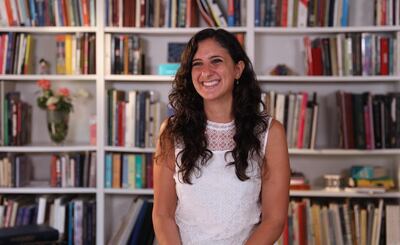
The book interweaves the portfolios of these artists with their immediate political, social and economic contexts, including a visual survey of more than 600 illustrations.
It also analyses how graphic design helped to articulate "national identities" in the Arab world in the 1930s, through "new flags, coins, stamps, institutional logos and national anthems".
We also learn that the field evolved under Gamal Abdel Nasser, president of Egypt from 1954-1970, when "various Arab designers played greater roles in propaganda and publication design", the book states.
Other events that equally influenced this ever-dynamic field was the Palestinian resistance and emergence of the Palestinian political poster in the 1970s and 1980s.
The book also delineates the exile of Arab artists to Europe and the US, in the second half of the 1970s, owing to political instability in the region, and maps the design scene of 1980s Egypt, where artists focused their efforts on education, or by working on state projects, or with multinational advertising agencies.
It reveals early efforts by Lebanese designers to set up university graphic design programmes. One major outcome of these efforts was the American University of Beirut's graphic design programme, which created nothing less than a "design movement that, because of Lebanon's small employment market, has travelled beyond the country's borders", it says in the book.
More than simply because of its documentation of Arabic graphic design, this book is a major feat because it points to the relentless steadfastness and dedication of Arab artists, who incessantly experimented with their art.
They were influenced by Islamic art, and many were also educated in the West and inspired by it, but they always had their own unique design visions and were adamant to articulate them in their work.
